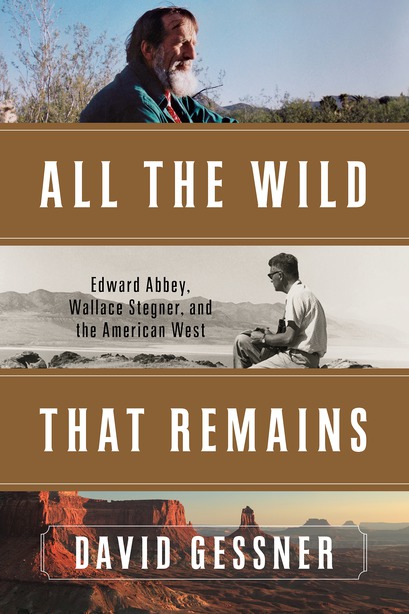Book Review - All The Wild That Remains: Edward Abbey, Wallace Stegner, And The American West
Book Review - All The Wild That Remains: Edward Abbey, Wallace Stegner, And The American West

Latest Article|September 3, 2020|Free
::Making Grown Men Cry Since 1992



